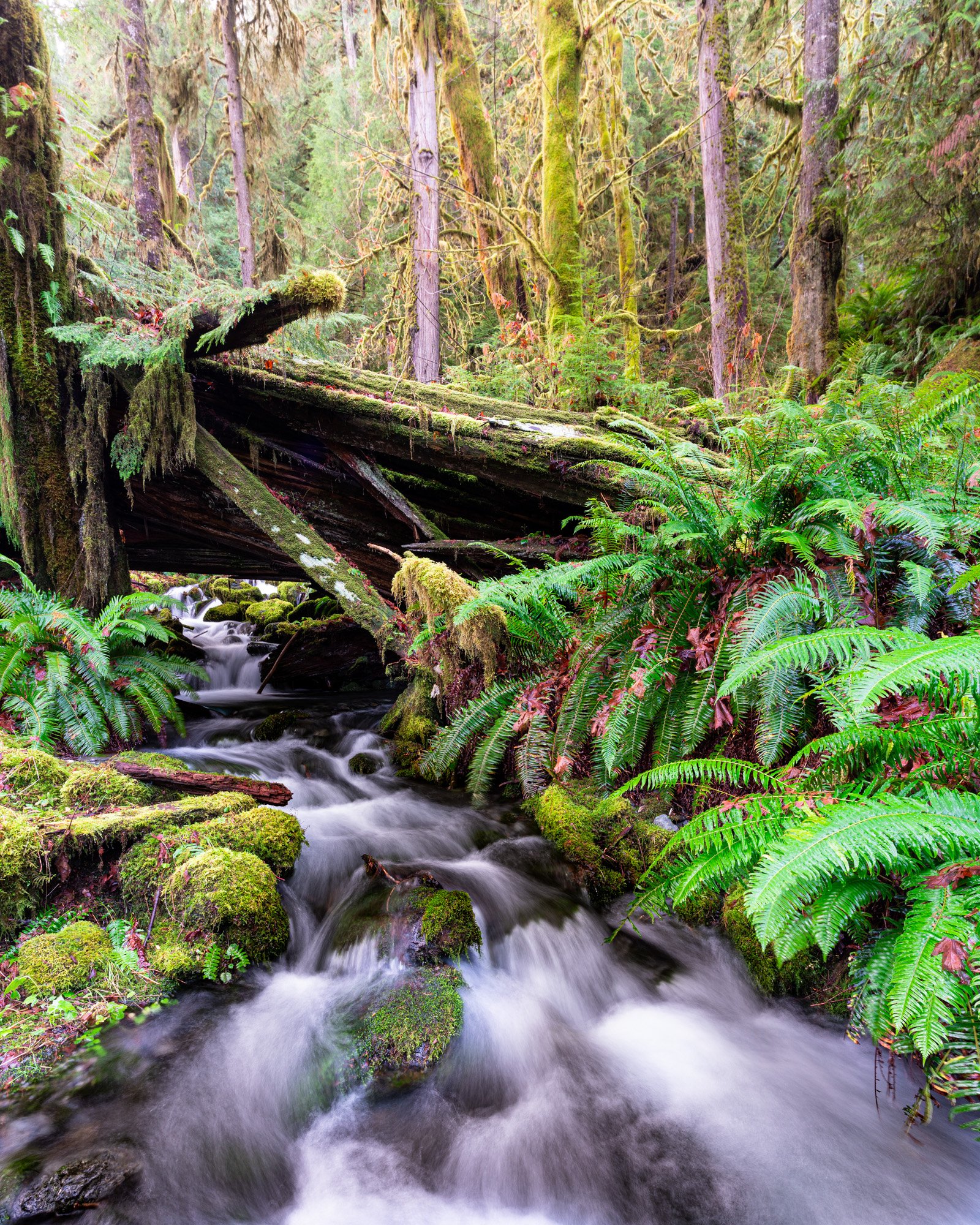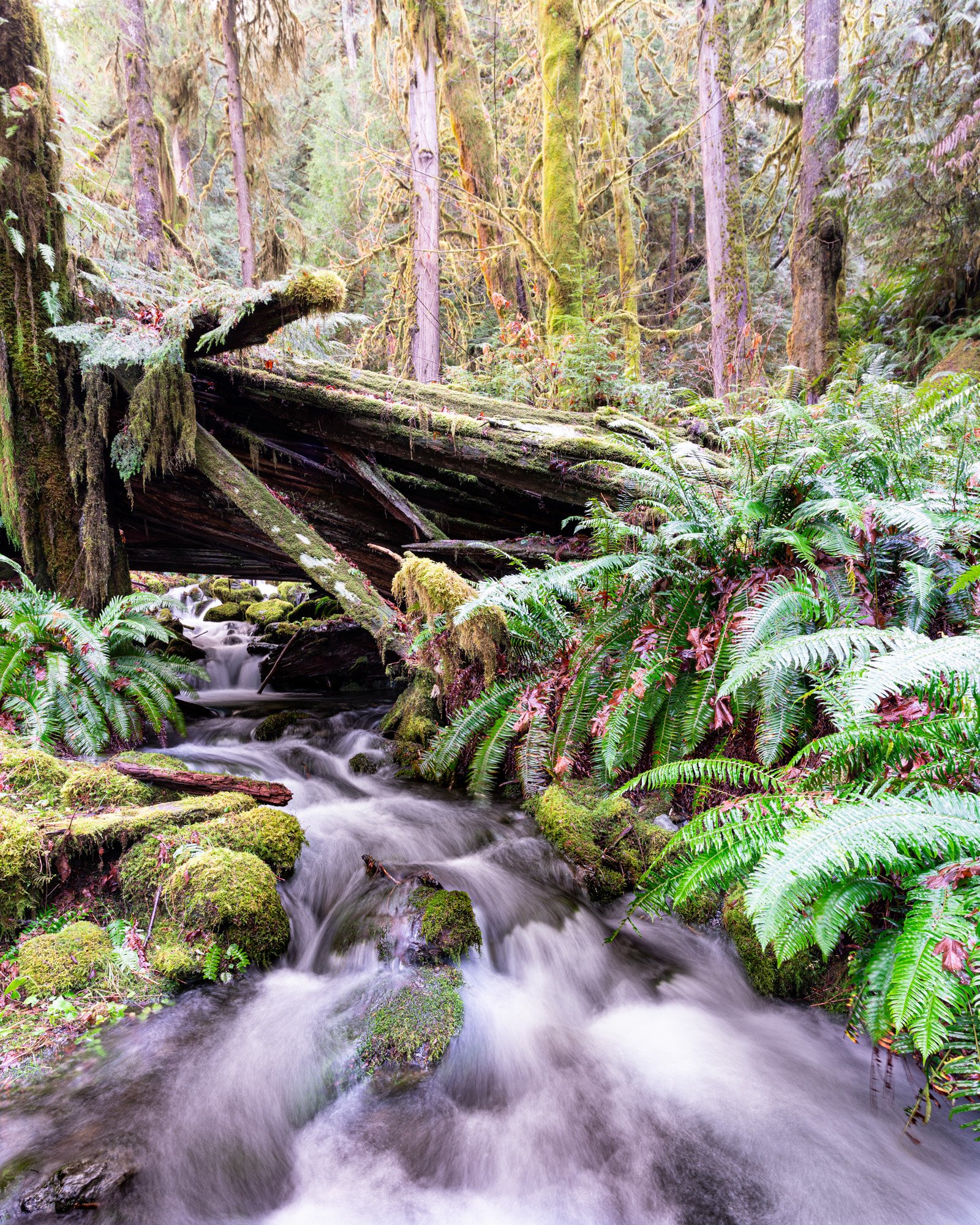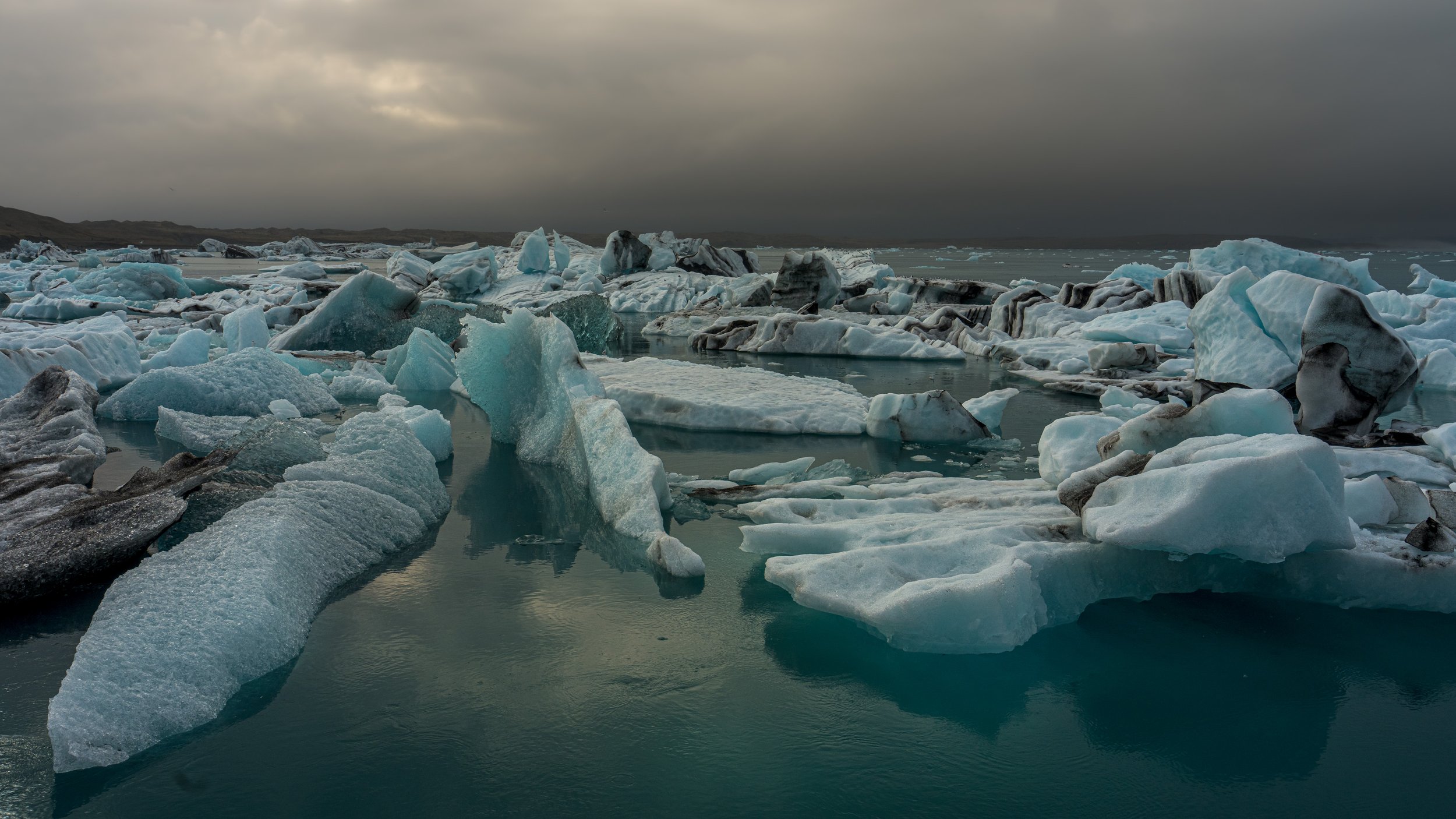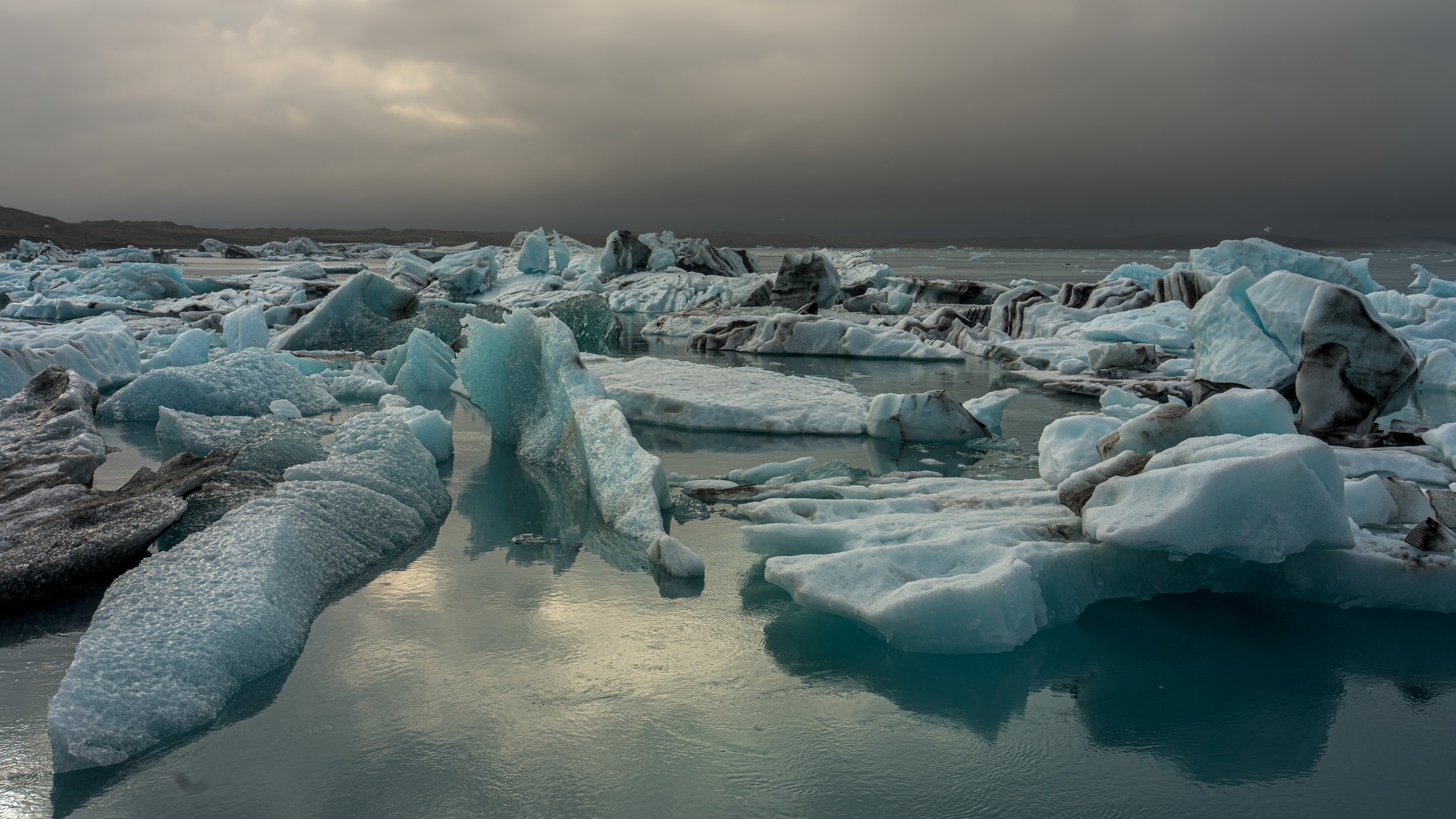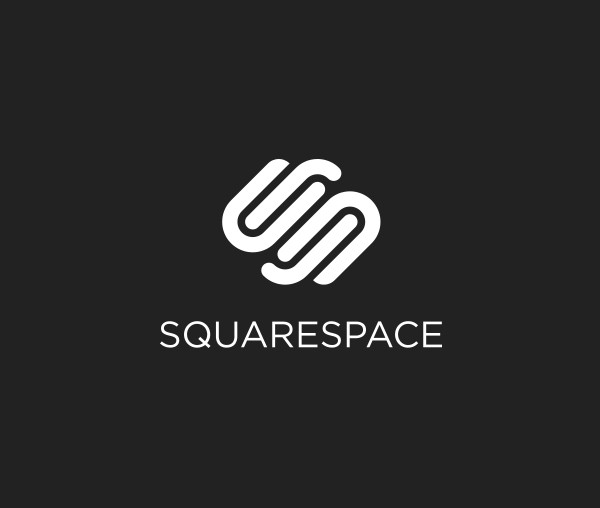Tamron 16-300 Review with Samples and Video
/Full video and image samples below.Summary: An impressive range with little image quality loss vs the kit lens from Canon (and Nikon) but increased chromatic aberration and limited maximum aperture across the range. Those valuing convenience above image quality may want to consider this lens. A nice bonus of great image stabilization (VS) and macro like capabilities make this a fun lens for travel and family snapshots. Just be warned that in low light you will need that VS at the longer focal lengths.
Tamron 16-300 Tested on a Canon 70D
Tamron 16-300 Pros:
- Huge range- no one else offers 16mm to 300mm and does it better than many of the 18-200 lenses currently on the market.
- Decent image quality
- Good Vibration control
- Macro capabilities - it is not a macro lens but does let you get close and coupled with the VC you can get good handheld shots
- Focus sound is near silent similar to the STM lenses but. .
Tamron 16-300 Cons:
- Focus was slower than STM lenses and more likely to get confused.
- Increased chromatic aberration (purple/magenta fringe seen at the edge of high contrast areas) common in lenses like this and cheaper lens
- Slow apertures - meaning as you zoom you will find that you need lots of light or will have a very slow shutter speed to compare. At 100mm the 16-300 maximum aperture is f/5.6. The 70-300 IS USM offers f/4.5. at 200mm the Tamron has hit f/6.3 and the 70-300 provides f/5.
- Zooming presents uneven friction (sticky spots as you rotate the lens) these seemed to decrease during testing but I worry long term about lens creep - the lens zooming as it hangs by your side.
Support my work and reviews - Buy the Tamron 16-300 from B&H $629.00Tamron 16-300 Image Samples (watch the video for more comparisons)See the tree on the hill? Rollover to see that at 300mm, Serious Zoom![himage]
 [/himage]Way up on the hill is a small rock outcrop - rollover the image to see 300mm view- No cropping, no moving[himage]
[/himage]Way up on the hill is a small rock outcrop - rollover the image to see 300mm view- No cropping, no moving[himage]
 [/himage]Rollover to see the difference between 18mm(Canon 18mm with the 18-135 STM) and 16mm(Tamron 16-300)[himage]
[/himage]Rollover to see the difference between 18mm(Canon 18mm with the 18-135 STM) and 16mm(Tamron 16-300)[himage]
 [/himage]
[/himage] 








 Support my work and reviews - Buy the Tamron 16-300 from B&H $629.00
Support my work and reviews - Buy the Tamron 16-300 from B&H $629.00












 A
A  Pre-order Canon EF-S 10-18 f/4.5-5.6 IS STM $299:
Pre-order Canon EF-S 10-18 f/4.5-5.6 IS STM $299:  Similar to the release of the f/4 IS version of the 24-70, we now have a f/4 IS version of the 16-35 f/2.8 lens. Taking a look at the MTF charts and on paper this looks to be a sharp lens and a more affordable wide angle option for full frame photographers. The f/4 version will sell for $1199 and the f/2.8 non IS version sells for $1699.A bit more about the Intelligent IS in this lens
Similar to the release of the f/4 IS version of the 24-70, we now have a f/4 IS version of the 16-35 f/2.8 lens. Taking a look at the MTF charts and on paper this looks to be a sharp lens and a more affordable wide angle option for full frame photographers. The f/4 version will sell for $1199 and the f/2.8 non IS version sells for $1699.A bit more about the Intelligent IS in this lens
 Yawn - I have a
Yawn - I have a 








